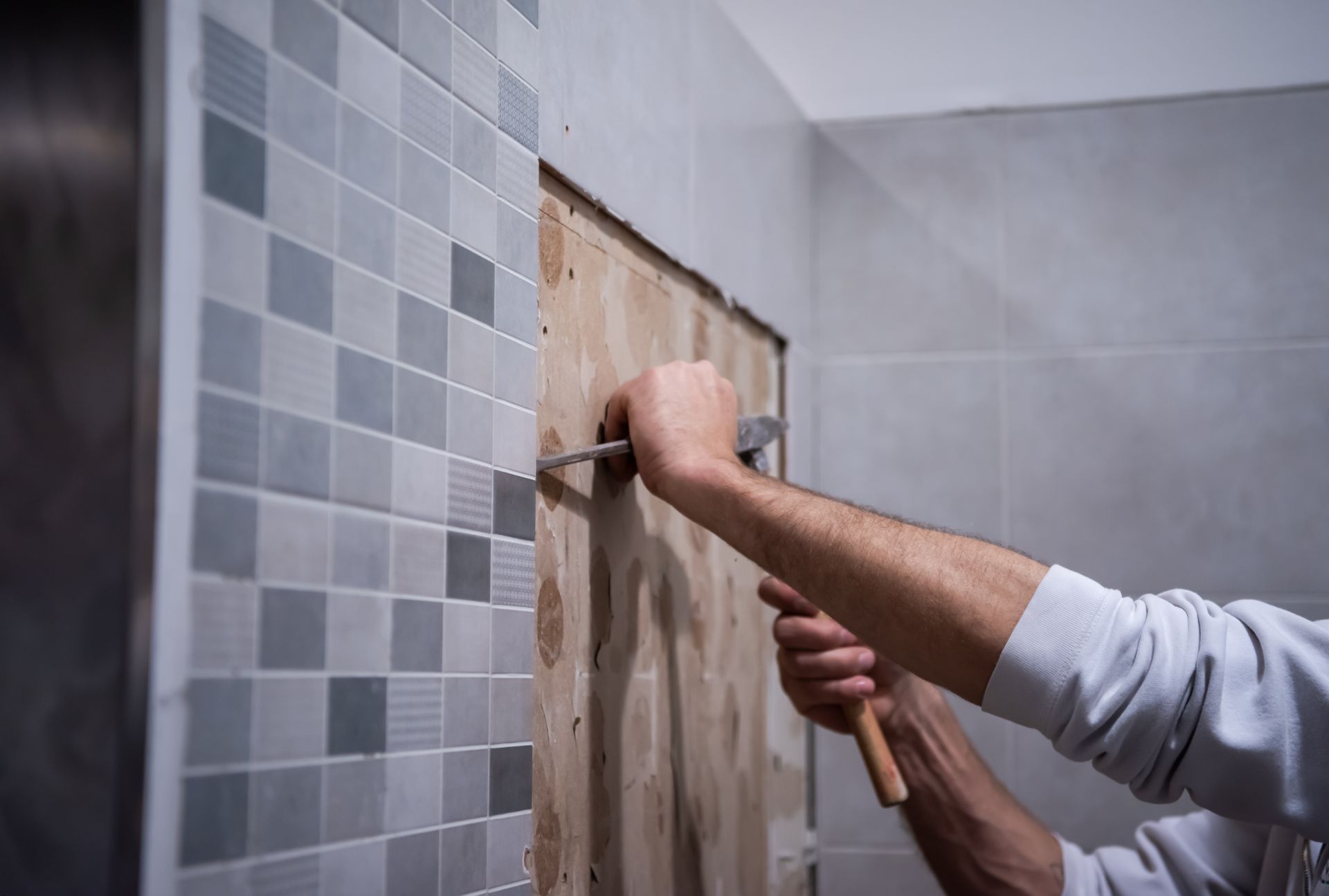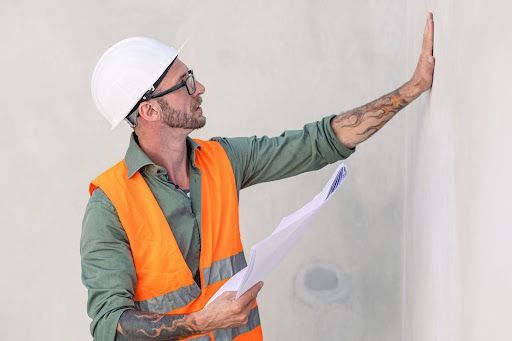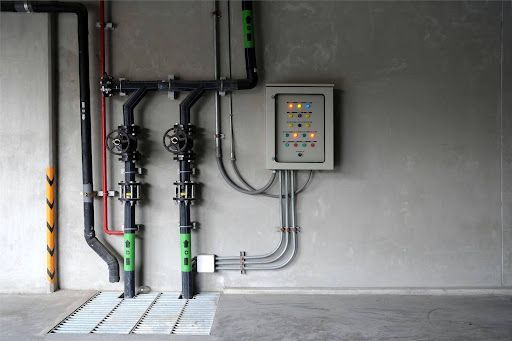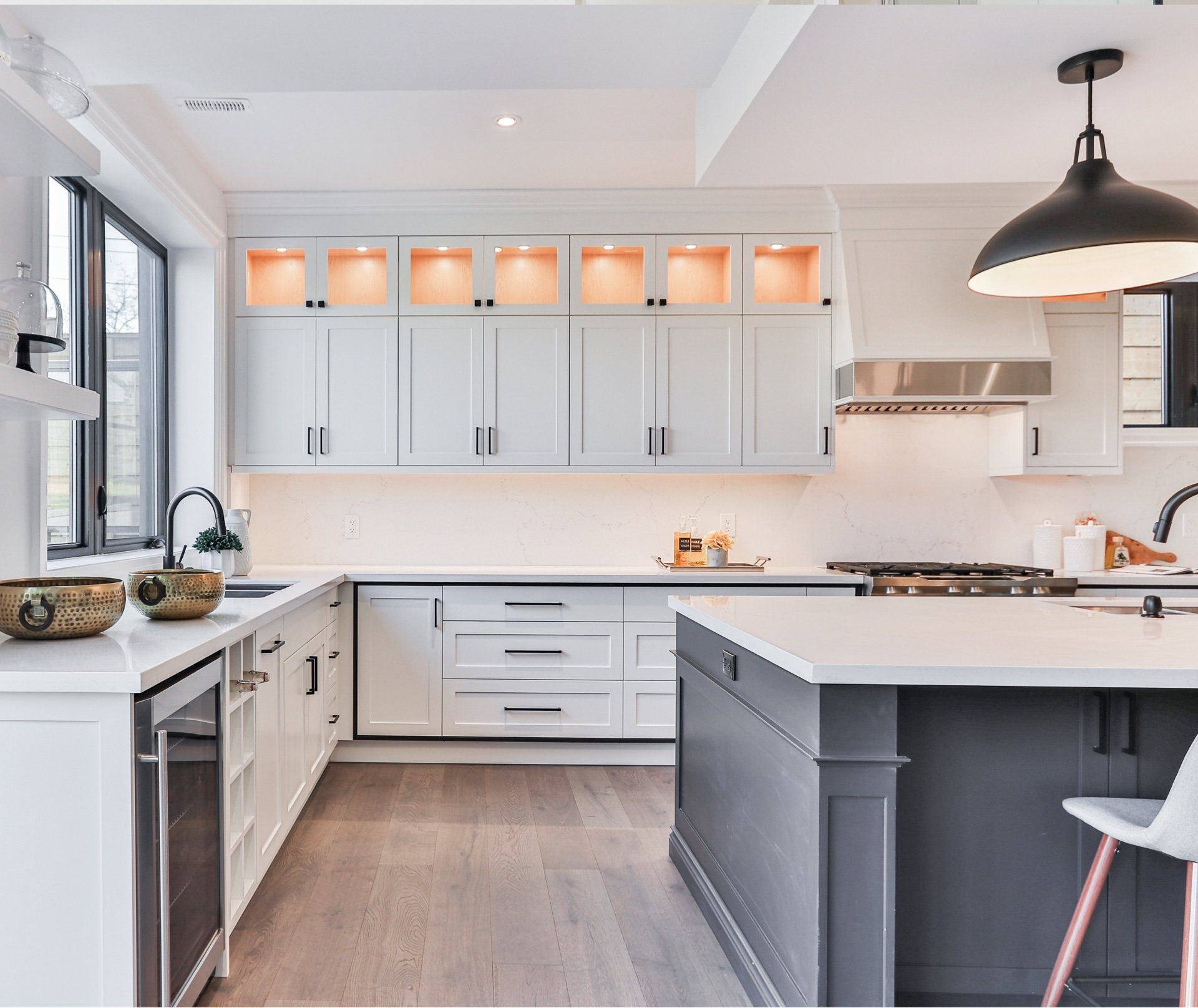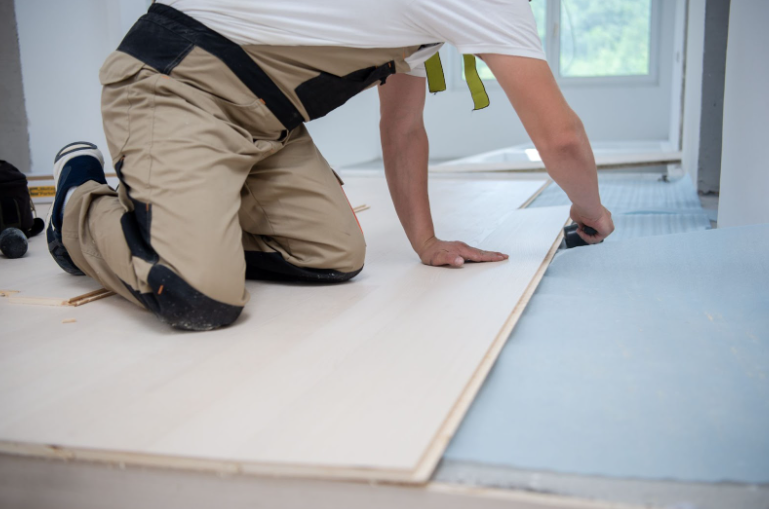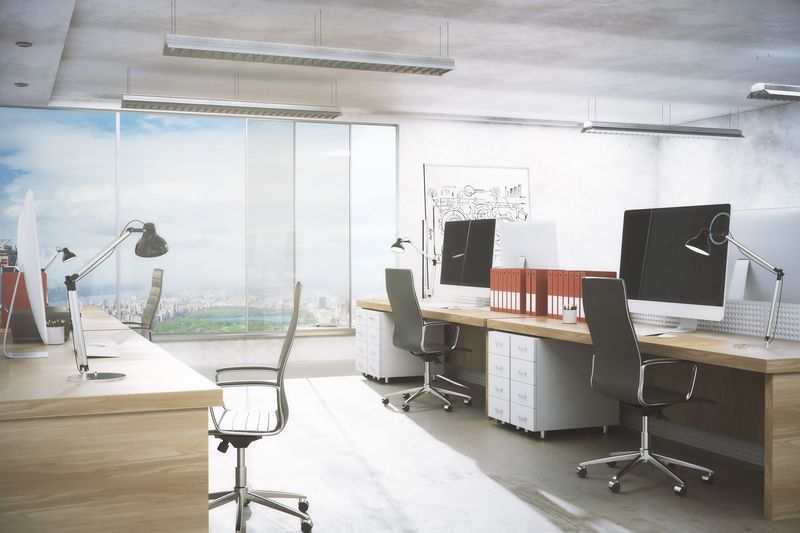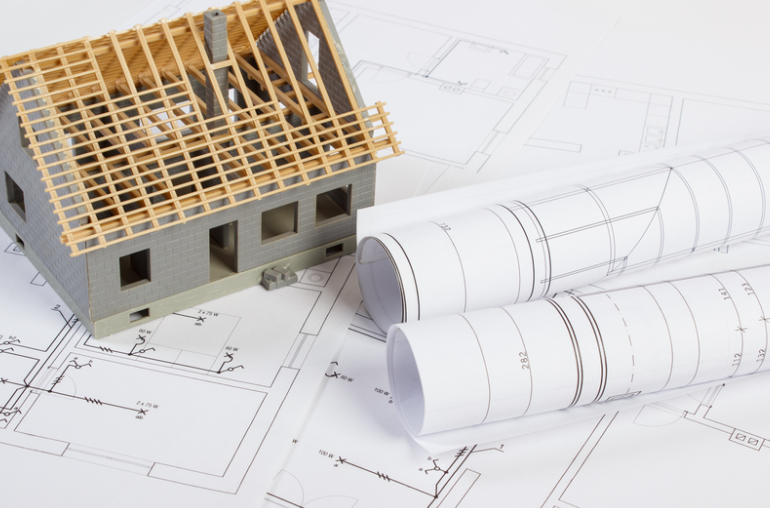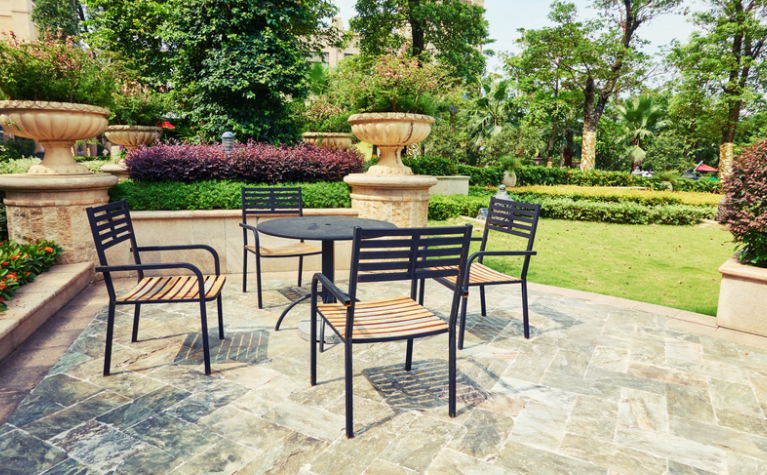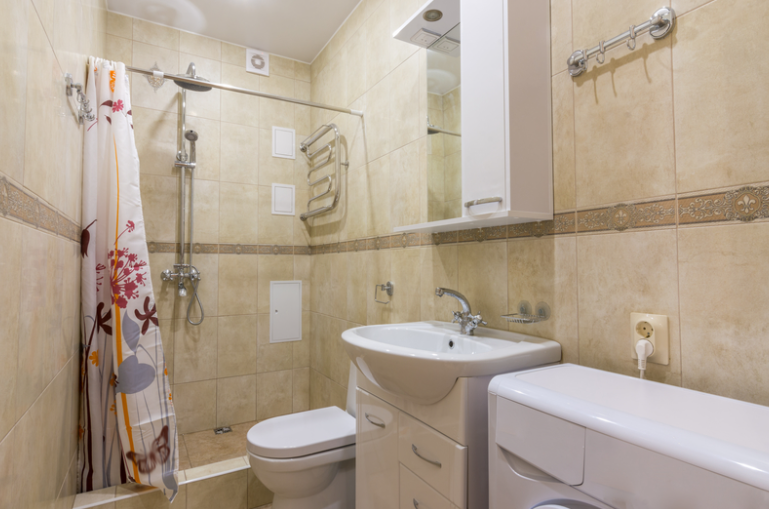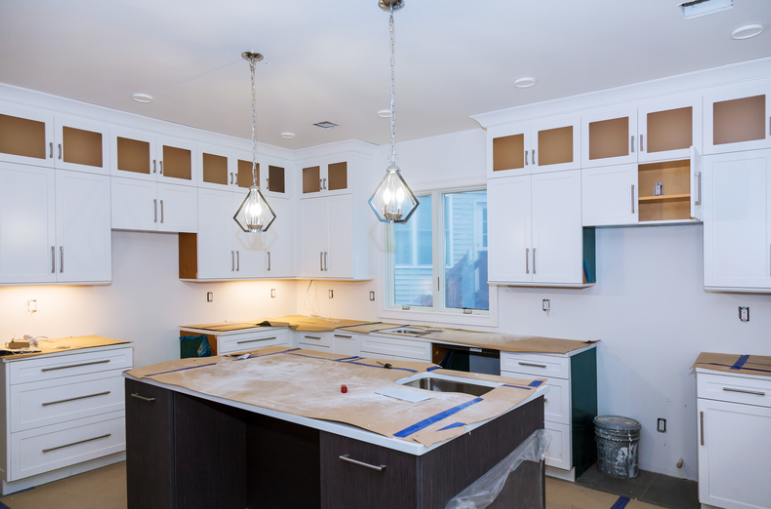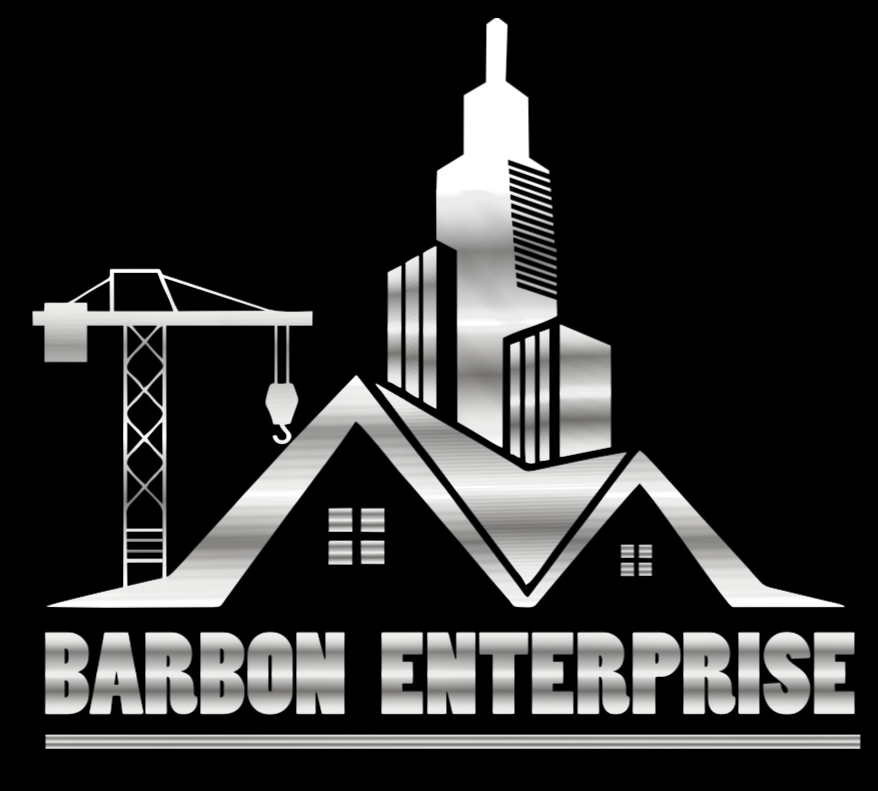The Future of Building: Advancing with Sustainable Materials
The construction industry is on the brink of a transformation, driven by the growing need for eco-friendly practices. As the world grapples with environmental challenges, building professionals are turning to sustainable materials to reduce the impact of construction on our planet. These new materials not only help conserve natural resources but also improve the durability and efficiency of buildings. Embracing these advancements is crucial for creating a greener, more sustainable future in the construction sector. This shift is essential for meeting the needs of a rapidly changing world while ensuring that future generations inherit a healthier environment.
The Rise of Sustainable Construction
The construction industry is currently experiencing a significant shift towards sustainability. This movement is not just about adopting green building practices; it's about a complete mindset change concerning how buildings impact the environment from their inception to their eventual decommissioning. The importance of sustainable materials in this paradigm shift cannot be overstated, as these materials are fundamental to reducing the construction sector's environmental footprint.
Over the years, the adoption of eco-friendly construction practices has seen a noticeable increase, as evidenced by the growing number of buildings receiving Leadership in Energy and Environmental Design (LEED) certification. This is more than a trend—it's a response to the global call for environmental stewardship and a requirement to mitigate climate change impacts. Sustainable construction materials and practices are no longer optional; they are becoming the standard in the industry.
Understanding Sustainable Materials
Sustainable materials are characterized by their minimized impact on the environment throughout their lifecycle. From efficient sourcing that reduces the depletion of natural resources to their manufacturing, use, and eventual disposal or recycling, these materials are designed to be a part of a circular economy. They offer an alternative to traditional construction materials, which are often resource-intensive and environmentally damaging.
The lifecycle of sustainable materials is a critical aspect of their attractiveness. By emphasizing reduced energy consumption in production, lower emission levels, and recyclability, these materials significantly contribute to the overall sustainability of construction projects. Furthermore, they often come from renewable sources, such as bamboo, cork, and recycled products, thus ensuring a replenishable supply.
One of the most compelling arguments for using sustainable materials is their contribution to energy efficiency and environmental preservation. Buildings constructed with such materials typically have a smaller carbon footprint, use less energy and water, and generate less waste.
This not only benefits the environment but also translates to cost savings over the building's lifetime through reduced utility bills and maintenance costs. In addition, choosing sustainable materials can improve indoor air quality, leading to healthier living and working environments.
In conclusion, the shift towards sustainable construction marks a pivotal moment in our approach to building development and management. The use of eco-friendly materials is at the heart of this change, promising not just environmental benefits but a new standard of living and working spaces that are in harmony with our planet.
Types of Sustainable Construction Materials
The realm of sustainable construction materials is vast and varied, catering to different needs and preferences while contributing significantly to environmental sustainability. These materials can be broadly categorized into renewable resources, recycled materials, low-impact materials, and innovative materials.
Renewable Resources
Bamboo, cork, and reclaimed wood stand out for their renewability and low environmental impact. Bamboo, for instance, is highly renewable due to its rapid growth rate, making it an excellent alternative to traditional hardwoods. Cork is harvested from the bark of cork oak trees without harming the tree, and reclaimed wood repurposes timber from old buildings, reducing the need for virgin materials and preserving forests.
Recycled Materials
Steel, glass, and plastic, when recycled, can significantly reduce the demand for virgin resources and the energy consumption associated with their production. Recycled steel, for example, uses substantially less energy than new steel from iron ore, and recycled glass and plastics can be just as durable and versatile as their non-recycled counterparts.
Low-Impact Materials
Materials like earth and straw bales have a minimal environmental footprint. Earth, used in rammed earth construction, provides excellent thermal mass, keeping buildings cool in the summer and warm in the winter. Straw bales are a by-product of grain production and offer exceptional insulation properties.
Innovative Materials
Hempcrete, mycelium composites, and aerogels represent the cutting edge of sustainable building materials. Hempcrete is made from hemp fibers mixed with lime, providing good insulation and carbon sequestration properties. Mycelium composites use the root structure of mushrooms as a natural binder, while aerogels offer superior insulation in a lightweight, highly effective material.
Benefits of Using Sustainable Materials
The advantages of integrating sustainable materials into construction projects are manifold. Firstly, there are significant long-term cost savings to be had, primarily through energy efficiency and durability. Buildings made with these materials often have lower utility bills due to better insulation properties and durability, reducing the need for replacements and repairs. Secondly, using sustainable materials substantially reduces a building's carbon footprint and overall environmental impact, contributing positively towards combating climate change. The use of recycled and low-impact materials decreases the demand for virgin resources, lessening the burden on the planet's ecosystems.
Furthermore,
sustainable materials can enhance indoor air quality and provide health benefits for occupants. Many eco-friendly materials have lower levels of toxic emissions compared to traditional construction materials, contributing to a healthier indoor environment. Lastly, buildings constructed with sustainable materials can attain sustainability certifications, such as LEED, increasing their market value and appeal. This aspect not only promotes environmental stewardship but also serves as an incentive for developers and owners to adopt green building practices. In summary, sustainable construction materials are pivotal in creating buildings that are not only eco-friendly but also cost-effective, healthy, and valuable in the long run. Their diverse benefits underscore the importance of transitioning towards more sustainable construction practices.
Challenges in Adopting Sustainable Materials
While the shift towards sustainable construction materials is gaining momentum, several challenges hinder widespread adoption. One significant barrier is the higher upfront cost associated with many eco-friendly materials. Although long-term benefits such as energy savings and durability often offset these initial investments, the initial financial outlay can be a deterrent for many builders and homeowners. Availability and distribution also pose considerable challenges.
Sustainable materials, especially more innovative ones like hempcrete or mycelium composites, are not as readily available as traditional materials, making them harder to source and potentially increasing project timelines and costs. Additionally, the construction industry's familiarity and comfort with conventional materials mean that new sustainable options often require specialized knowledge and skills, further complicating their integration into mainstream construction projects.
Integrating Sustainable Materials into Construction Projects
Despite these challenges, the integration of sustainable materials into construction projects is not only feasible but increasingly becoming a necessity. Homeowners and contractors looking to make the shift can start by educating themselves about the available sustainable material options and their specific benefits. This knowledge can facilitate better communication with suppliers and help in sourcing the right materials for each project aspect.
Embracing sustainable construction requires a willingness to explore new methodologies and technologies. For both new builds and remodels, incorporating sustainable materials may mean adopting unconventional construction methods. However, the success of numerous green building projects globally serves as a testament to the viability and benefits of these materials, offering valuable case studies and blueprints for others to follow.
The Role of Technology in Sustainable Construction
Technology plays a crucial role in advancing the use of sustainable materials in construction. Innovations in manufacturing and recycling processes have made it easier and more cost-effective to produce and reuse eco-friendly materials. Moreover, digital tools and software are proving invaluable in designing energy-efficient buildings and selecting the optimal mix of materials to achieve sustainability goals.
Advances in technology also enable better tracking and analysis of a building's environmental impact, aiding in the continuous improvement of sustainable construction practices. As technological advancements continue, the capabilities and affordability of sustainable materials are expected to improve, further facilitating their adoption.
The Future Outlook for Sustainable Construction Materials
The future of construction lies unequivocally in sustainability. With growing environmental awareness and regulatory push towards greener practices, the demand for sustainable construction materials is set to rise. Innovations in the field are rapidly advancing, making sustainable materials more accessible, affordable, and adaptable to different construction needs. As society moves towards a more sustainable future, the construction industry is poised to lead by example, showcasing how innovation and environmental responsibility can go hand in hand.
The growing embrace of sustainable materials not only reflects a commitment to preserving our planet but also heralds a new era of construction that values both ecological integrity and economic viability. In conclusion, while challenges remain in adopting sustainable construction materials, their benefits - from reducing environmental impact to enhancing building efficiency and occupant health - make them an integral part of the future of construction.
As technology continues to evolve and the world increasingly prioritizes sustainability, the materials we use to build our homes, offices, and communities will undoubtedly reflect these values.
Join the movement towards greener construction. Discover how sustainable materials can transform your building projects for the better. Contact Barbon Enterprise today to learn more and take the first step towards a more sustainable future.
